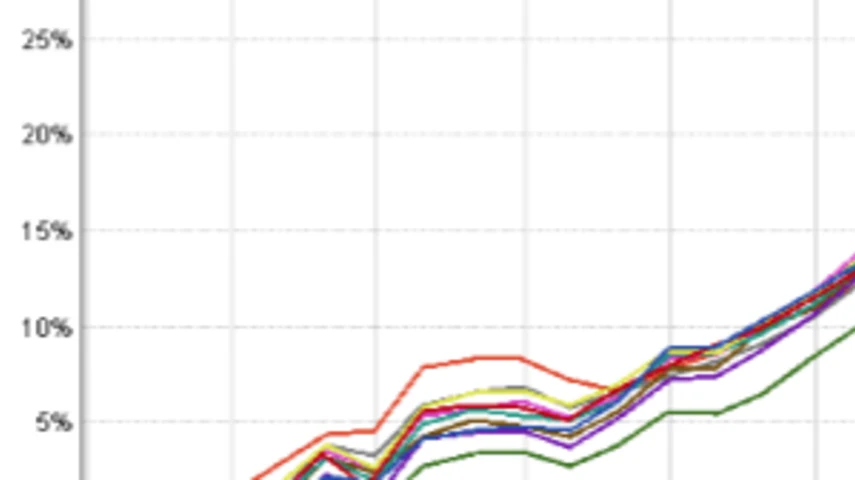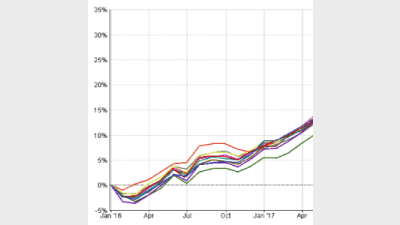Does size matter for MySuper options?



For all the fuss regulators and commissions have been making about scale in the super industry, new data has shown that members in some of the top funds’ MySuper options saw limited differences in returns regardless of the provider’s size.
Data from FE Analytics showed that AustralianSuper’s MySuper option, one of the biggest in the industry, returned 24.48 per cent in the three years to 2018’s end. Smaller funds delivered similar results, however. BUSSQ Building Super’s Balanced Growth MySuper option, for example, returned 20.62 per cent for the same time period.
Mid-size funds were also in the same ballpark. As the chart below shows, a selection of the top mid-size funds, as determined by the Super Fund Crown Ratings, all showed negligible variations in returns for their MySuper options, ranging from 21.1 – 24.28 per cent over the three years to 31 December, 2018.
This analysis comes in the wake of both the Productivity Commission and the Australian Prudential Regulation Authority (APRA) last year putting renewed emphasis on the importance of scale for funds, and the Commissioner Kenneth Hayne flagging mergers and fund size in the Banking Royal Commission final report.
Larger funds too had put emphasis on scale as a selling factor, but drilling down into the data suggests that, when fees remain comparable as they do between the industry fund options above, this may be less of a differentiator for consumers that they suggest.
Recommended for you
Australia’s largest super funds have deepened private markets exposure, scaled internal investment capability, and balanced liquidity as competition and consolidation intensify.
The ATO has revealed nearly $19 billion in lost and unclaimed super, urging over 7 million Australians to reclaim their savings.
The industry super fund has launched a new digital experience designed to make retirement preparation simpler and more personalised for its members.
A hold in the cash rate during the upcoming November monetary policy meeting appears to now be a certainty off the back of skyrocketing inflation during the September quarter.









